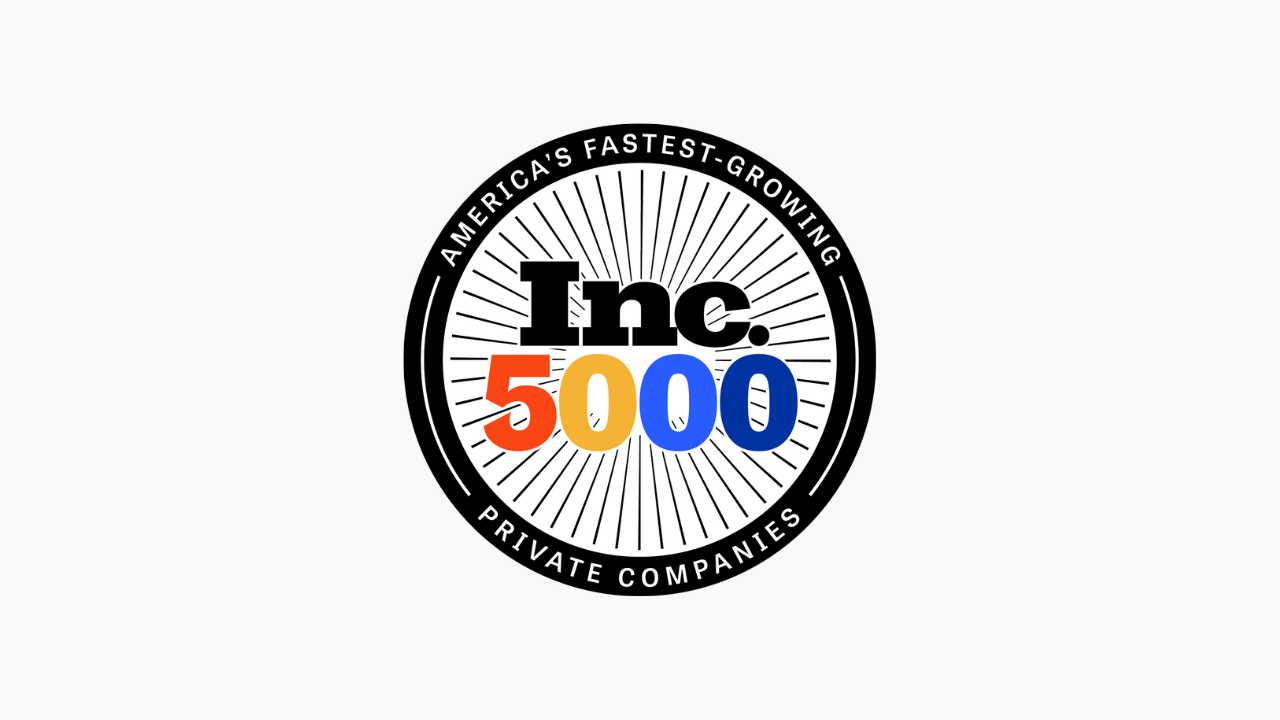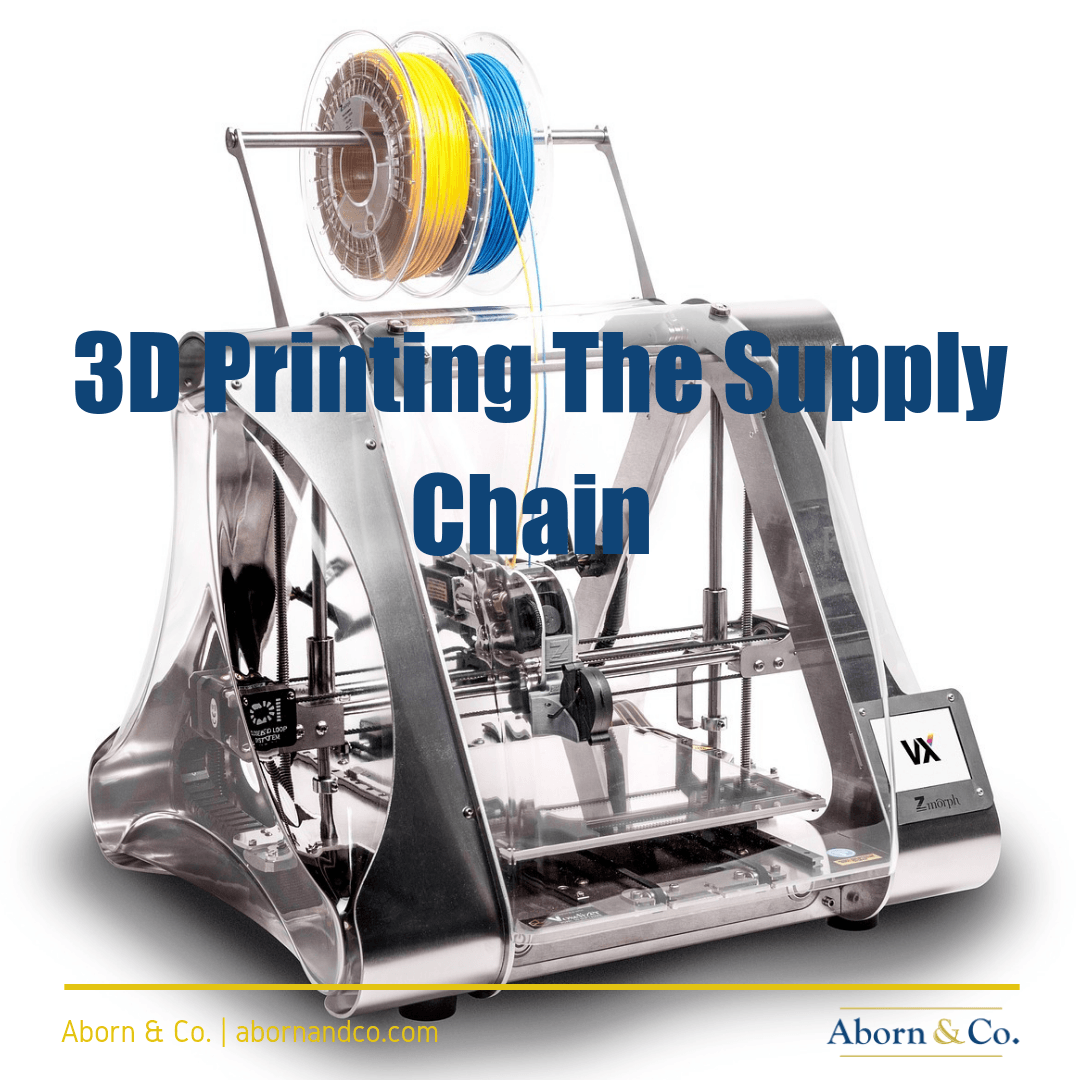3D Printing the Supply Chain
3D printing isn't anything new. In fact, the technology has been in place for more than 30 years.
But while 3D printing isn't new, there are a lot of new things happening with the technology. In the early days of 3D printing, machines were large, expensive and limited in what they could build. That's changed dramatically, as machines are now being made small enough to fit on your desktop and coming in at prices as little as $1,000. Their capability has dramatically changed as well. 3D printers, which were once used only primarily for rapid prototyping purposes, are now able to build parts in just about any size, shape, color and complexity. And they can make parts made of just about anything — not just thermoplastic any longer.
With all of this in mind, it's easy to see the impact 3D printing can potentially have on freight, logistics and the supply chain. This post will take a closer look at this, starting with a brief introduction of just what 3D printing is.
What is 3D Printing, Really?
3D printing is also known as additive manufacturing. That's because it's a process that builds parts from the ground on up, layer-by-layer, adding material as the part is fabricated. (For comparison's sake, subtractive manufacturing refers to processes that cut away material to create a part.)
3D printing used to solely be associated with rapid prototyping, as machines could create fully functional plastic parts in a matter of hours that developers could use to test for form and fit, then make any necessary adjustments before the part was green-lit for production. As 3D printing advanced, however, the materials used to create parts also advanced. So did the part complexities, tolerances and the accuracy of 3D printers. Over time, 3D printing began to be utilized for more ambitious purposes, like creating food, walls and even for making short manufacturing runs. The 3D printing revolution hasn't yet slowed down, and it has the potential to do some big things to impact the future of the supply chain moving forward.
3D Printing: A Disruptive Force of Change
Just how can 3D printing have an impact on the supply chain in the future? Here's a look at some things to keep an eye on as far as this is concerned:
- Decentralized production: 3D printing is an on-demand technology. That is, if someone needs a part, they can design it in a CAD software program, upload the file into their 3D printer and have the finished part in their hands hours later. This could lead to companies getting product to market faster — even faster than the speeds they're already working at today. That may lead to more localized hubs, rather than one or two main production facilities. It could also mean less reliance on imports. This on-demand production and decentralized method of production could also reduce transportation distances and costs, potentially easing warehouse storage and logistical issues that often arise.
- Sustainability: Everyone these days seemingly has a sustainability plan in place, and 3D printing can certainly help companies reach any milestones they've set. This is largely because 3D printing is a sustainable technology, as its additive nature doesn't waste any materials during the fabrication process. In other words, 3D printers are only using the material necessary to create product. Like we said earlier, this differs from subtractive manufacturing, where material is cut away to create a product. Subtractive manufacturing leads to more material waste.
- Speed and ease: Though we touched on these aspects earlier in this piece, they're worth repeating. That being the speed and ease of 3D printing. 3D printing was historically associated with rapid prototyping, helping product developers accelerate their time to market. As machines continue to advance, this time to market — plus their ability to create products for end use — are only likely to improve as well, even beyond what they are already able to accomplish. You know what they say: Time is money.
It's probably a little too early to call 3D printing a futureproof technology, but embracing — rather than refuting — this technology is likely to be a benefit, and not a burden, for manufacturers. But with any advancing technology, it's important for everyone that may be impacted by it to understand what variables may change, and certainly the impact 3D printing can have on the supply chain is one that is worth better understanding.
3D printing isn't going to be the be-all, end-all technology that many would lead you to believe, but it is still on its way to becoming a full-blown disruptive force for change. Are you ready for it to be the next link in your supply chain?
Checkout the latest episode of our podcast !
Listen below or subscribe now on iTunes , Spotify , or simply search your favorite podcast player for Consulting Logistics!











